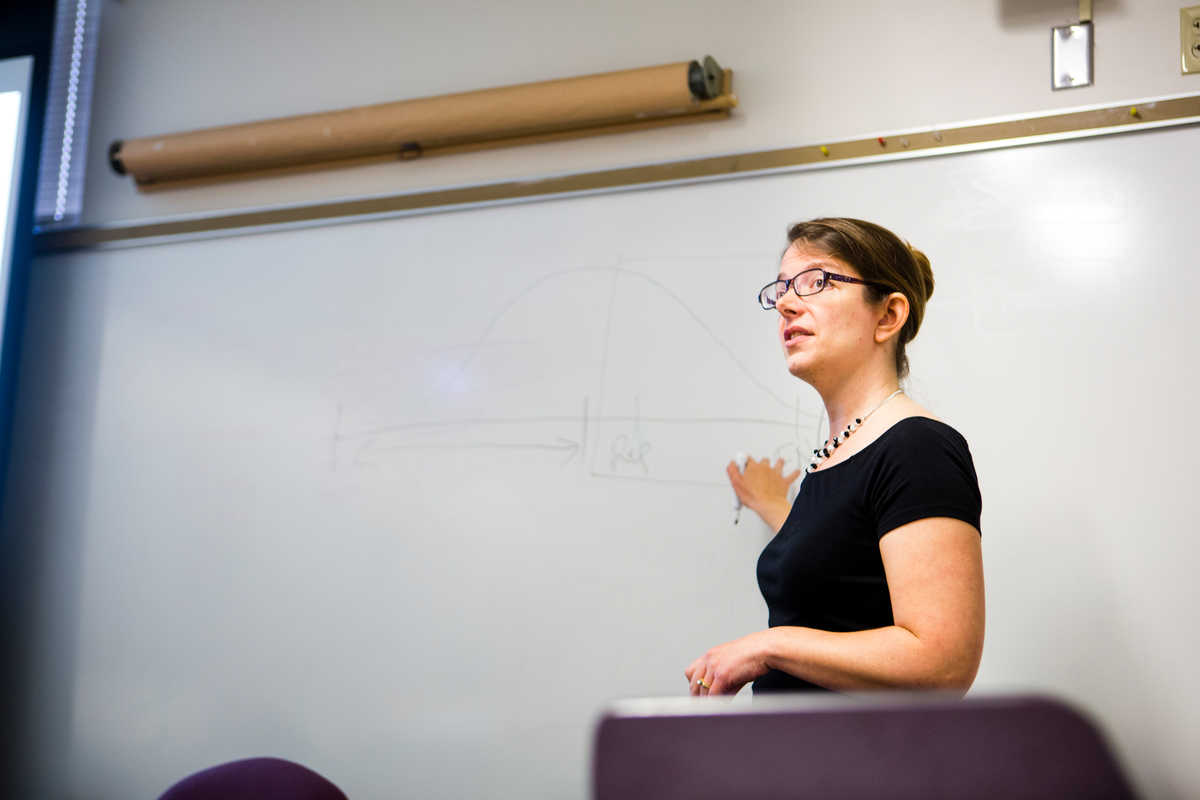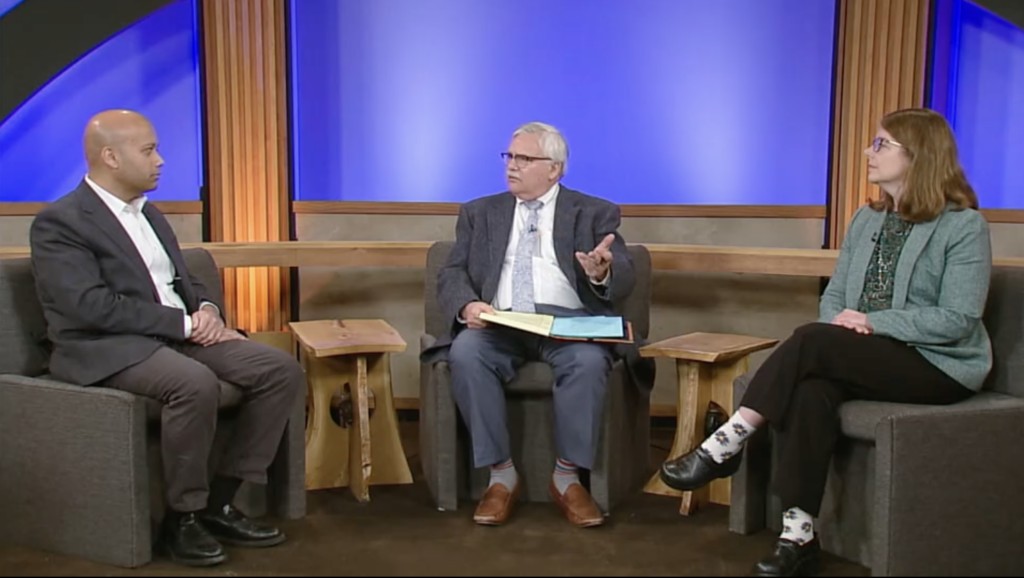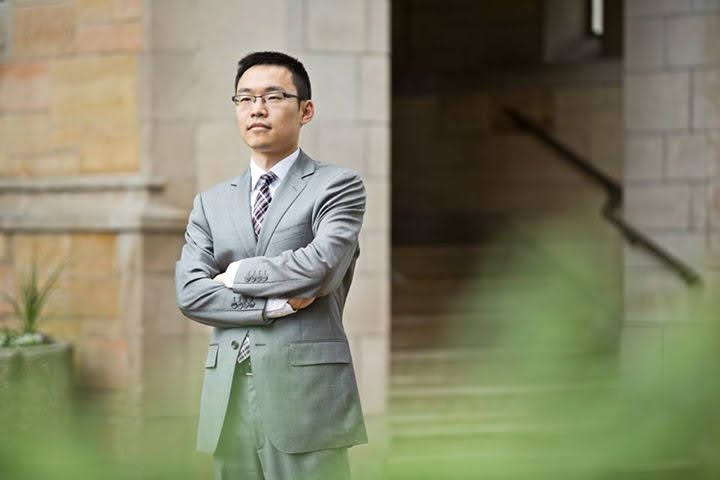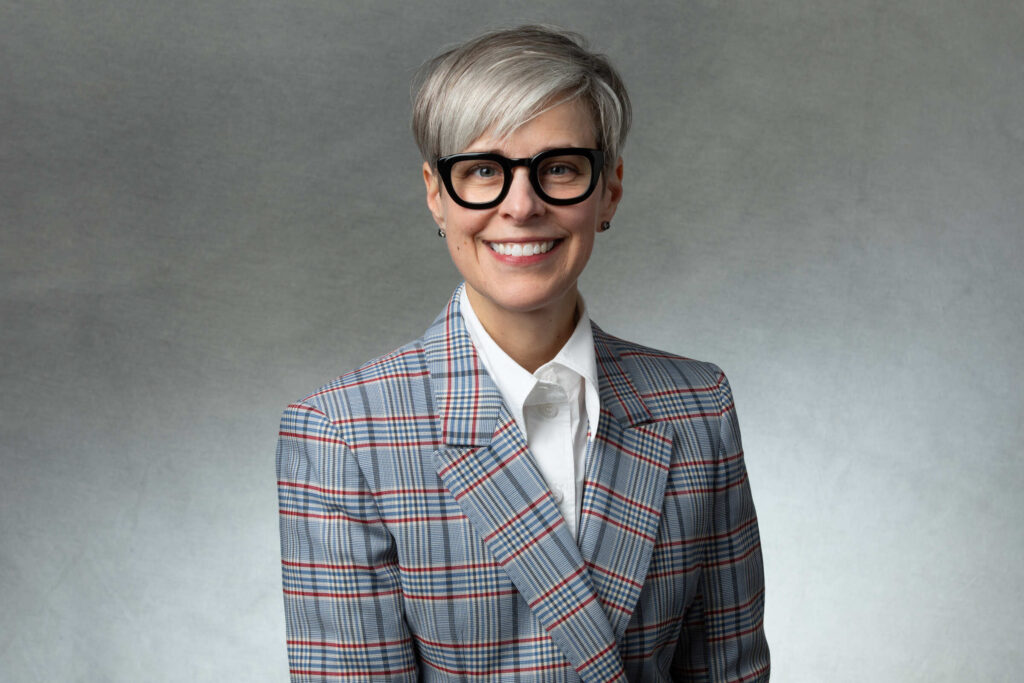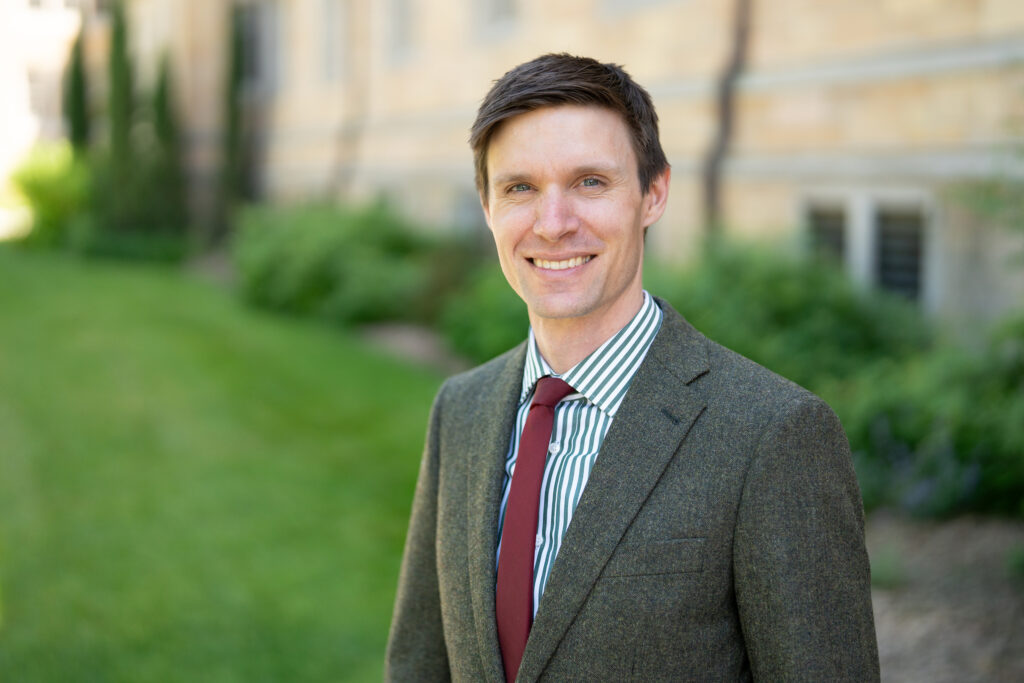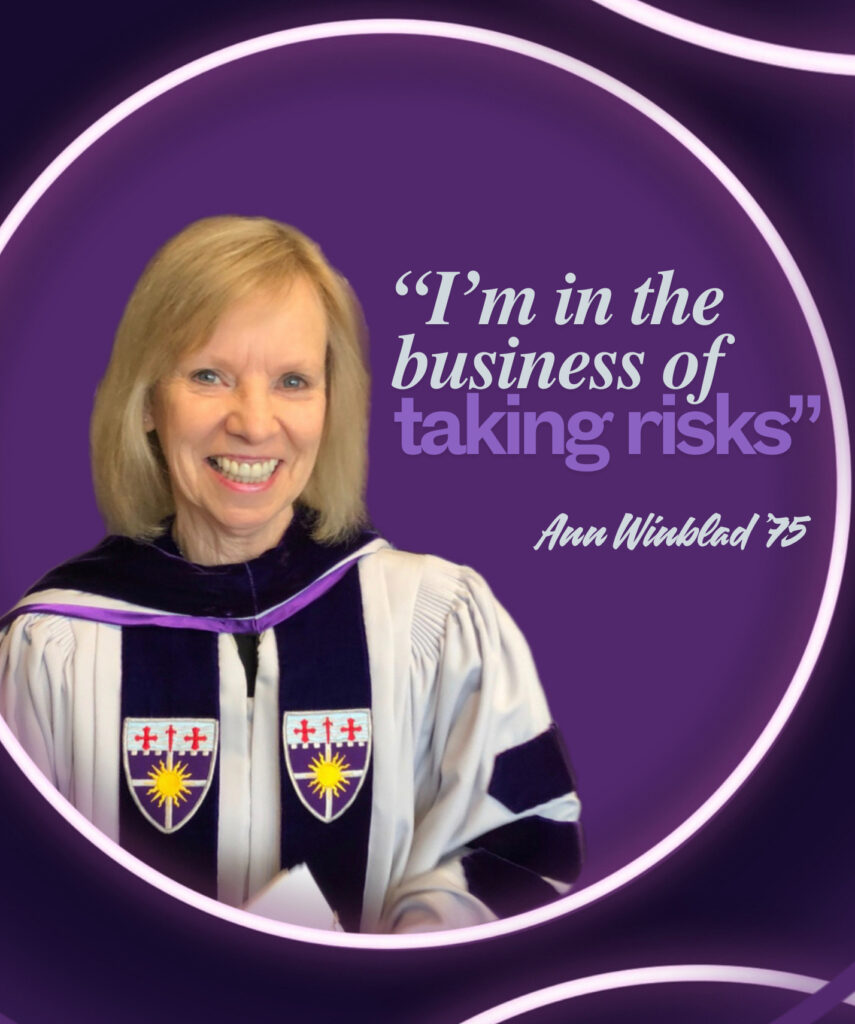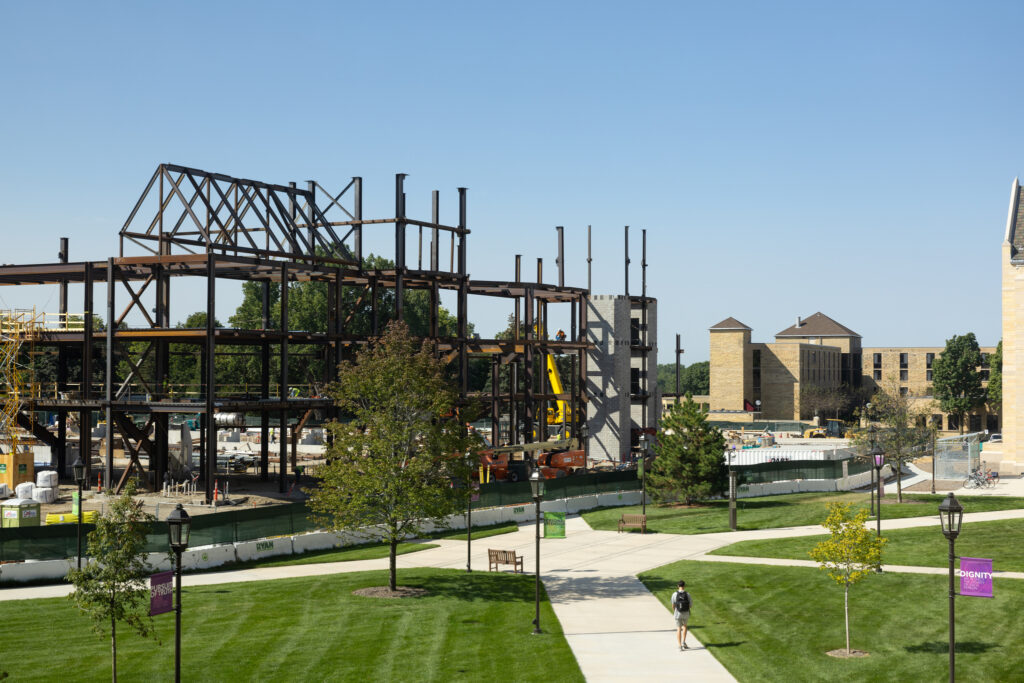Renee Buhr, professor of political science and international studies at the University of St. Thomas College of Arts and Sciences, recently spoke with MPR about Russian disinformation efforts to influence U.S. elections and create distrust in democracy.

From the interview:
Host: Voters might have been surprised to have heard or seen reports of past nefarious behavior from Democratic vice presidential nominee Tim Walz when he was a teacher. U.S. intelligence officials now say the reports came from Russian disinformation operations targeting Walz. Videos and tweets on the X social media platform included claims that Walz had an inappropriate relationship with a former student. Multiple news sources have determined the man in the video was not who he claimed to be. Intelligence officials say much of the purported evidence contained inconsistencies and inaccuracies, and some images relating to the baseless allegations were also manipulated. While these allegations are baseless, as I mentioned, the X posts about Walz were viewed millions of times, and the story has spread to other social media platforms, including Facebook, Instagram, Threads and TikTok. U.S. intelligence officials have warned that Russia would attempt to interfere in the election.
Host: There was a documentary filmmaker who dove into this and said, within the KGB, there’s a department that specializes in planting false stories and forged documents and that kind of thing. Are they getting more traction because of social media nowadays?
Buhr: Absolutely. This would not be nearly as far-reaching if it wasn’t for social media. So Russia identified social media as a tool by which they could spread misinformation much more quickly than they could through more traditional means, so you start with this infiltration of social media, getting people accustomed to sharing. ... People get accustomed to sharing these things, passing them on. Obviously, the sort of narrowcasting that social media allows for means that people don’t see anything that is refuting the misinformation that they’re sending and amplifying. The big thing now is that official more traditional media is also in place to amplify the misinformation that is on social media.
